The group of tags, as well as every tag that you create for your posts, has an automatically generated page assigned for them in the back-end of your website.
With Thrive Theme Builder you can create specific templates that are suitable for your tags, and that will be applied by default to their automatically generated pages.
Here is how you can create such templates:
1. Access the Templates section
First, in your WordPress admin dashboard, hover over the Thrive Dashboard from the left side menu, and then click on “Thrive Theme Builder” from the sub-menu that opens:
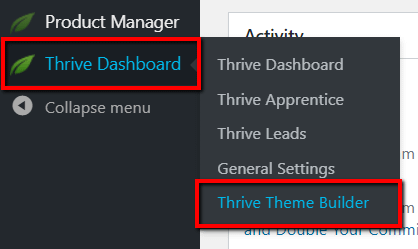
If you have previously completed the Site Wizard, you will be taken to the “Templates” section of the Thrive Theme Builder dashboard directly.
If not, then look for the “Templates” section, from the left side of the dashboard, and click on it to open it:

2. Add the template
After you have accessed the Templates section, click on the “Add New” option from its upper-right corner:

A pop-up window will open where you can set up and add the specific template for tags:
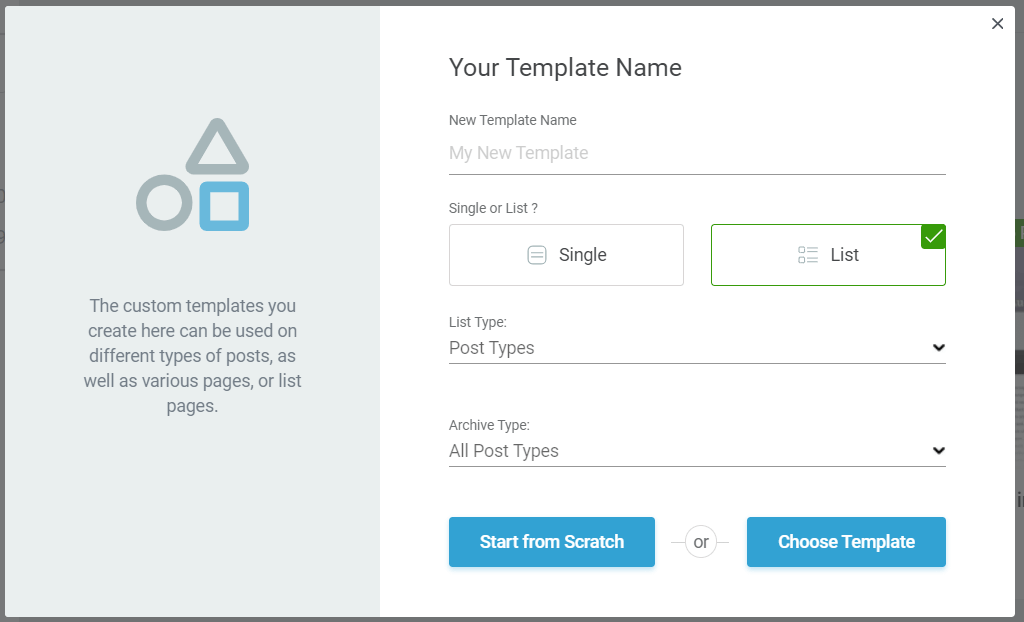
Complete the settings for the new template, in the pop-up window, as follows:
Add name
First, add the name you want to give to the template in the field below “New Template Name”:

Choose Type
Then, choose the type you want your new template to be. You can choose between the “Single” and the “List” type. Since you want to create a template for one of your automatically generated list pages (archives), select the “List” type here:

After you select the “List” template type, you will see specific setup options for it appear below the “Single or List?” section.
Choose List Type
Next, select the List Type for the “List Template” you are creating. Click on the down arrow (or the field with the current List Type), from the “List Type” section:

Then, select “Archives” from the drop-down that opens, because the group of tags, as well as each individual tag, has archive pages generated for them:
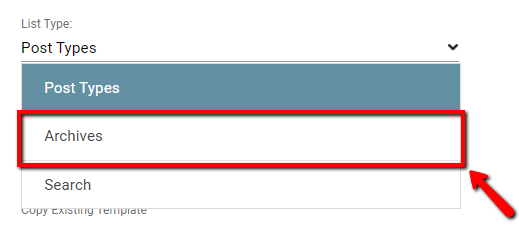
Choose Archive Type
You also have to select the actual Archive Type you want to create this template for. In our case, this is the “Tags” type. Click on the little down arrow from the “Archive Type” section:

Then, in the drop-down that opens, scroll down a bit to see the “Tags” option and click on it, when you found it:
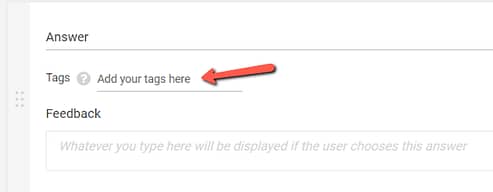
Defined for
Then, the “Defined for” section will appear. Here, you can select what this template will be actually defined/used for. You can either create the template to be for the group of tags (all tags) in general, or you can create it to be specifically for one of your tags (an individual tag).
1. Tags in general
By default, the “All tags” option will be selected in the “Defined for” section. If you want the new template to be for all of your tags together (applied for the archive page generated for them), then leave the “All tags” option selected here:

2. An individual tag
If you want the template to be for a specific tag (applied for the archive page generated for that individual tag), then click on the little down arrow from the “Defined for” section here:

Then, a drop-down will open with the list of tags you have set up for the posts on your website. Look for the tag you want to create this template for and when you have found it click on it.
In this example, I will choose the “awesome tag” from my list of tags:
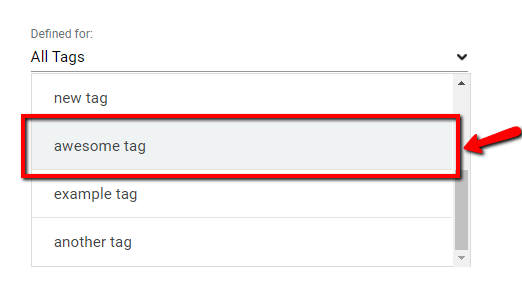
Start from Scratch
You can also choose whether you want to build the design for this template from scratch:

Choose Template
Or you can also use a predefined template, from the template library:

This will open the library with all the available templates:
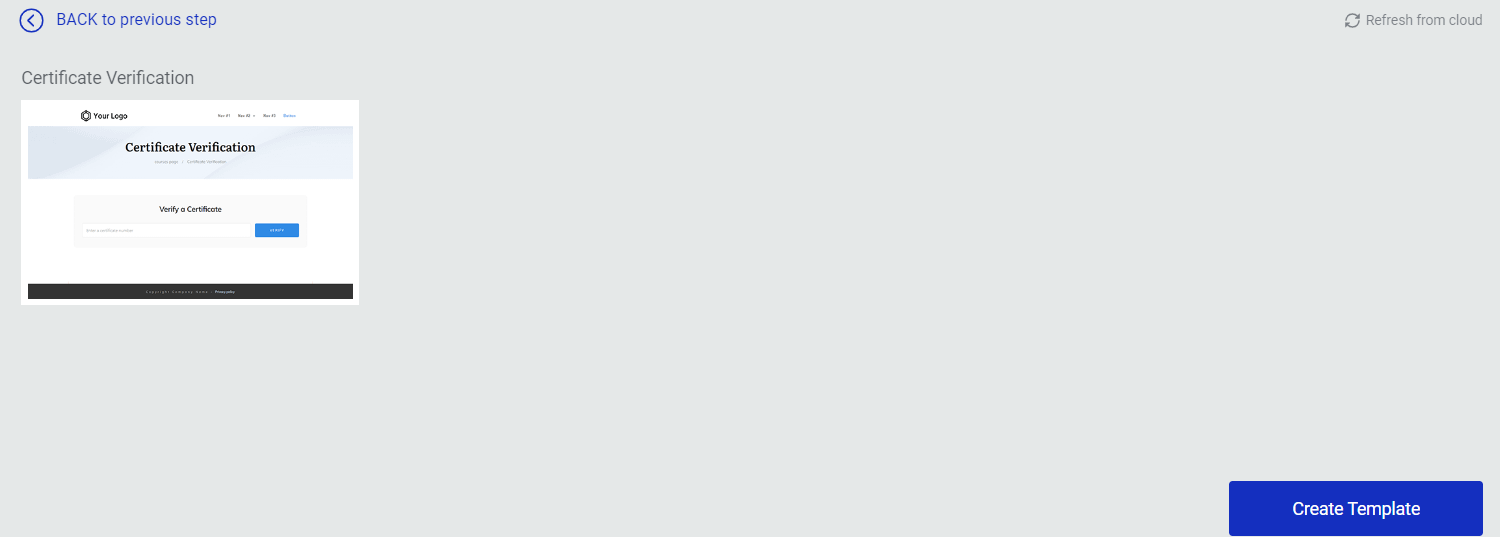
You can use the filtering options from the left-hand side of the screen to browse through all the available designs:

After you pick the design, you will see the new template added to your “List templates” as the default template, either for all the tags or for the individual tag, depending on how you set up the new template:
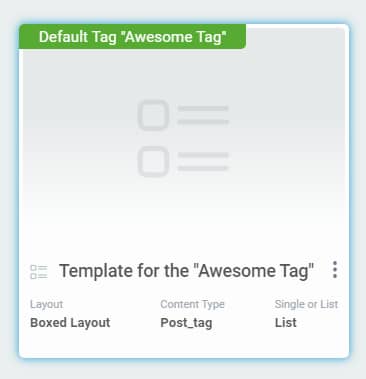
3. Customize the template
Once the template is added, you can customize it to fit the group of tags or the tag, you have created it for. In order to do this, hover over the new template and click on the “Edit” option that appears:
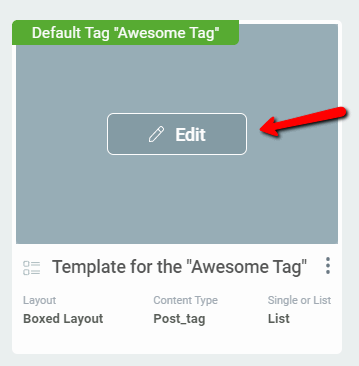
The Thrive Theme Builder editor will open and you can edit/customize the template the same way you would edit any other template. If you need details on this process. Check out this tutorial.
Note: After you have customized the template, it will be applied by default to the automatically generated archive page for all tags or the particular tag. Therefore, you do not need to apply this yourself, as you have to with regular templates.
It is also good to know that you can create as many templates as you wish for your tags, but the ones that have the “Default” label will be the ones that are applied. You can set any of the templates to be the default one, using its “Managing Options”, as described in this article.
This was the process with which you can create specific templates for your tags. If you want to find out more about Thrive Theme Builder templates and elements, check out our knowledge base here.
Hopefully, this article was useful for you. If so, please give it a smile below 🙂